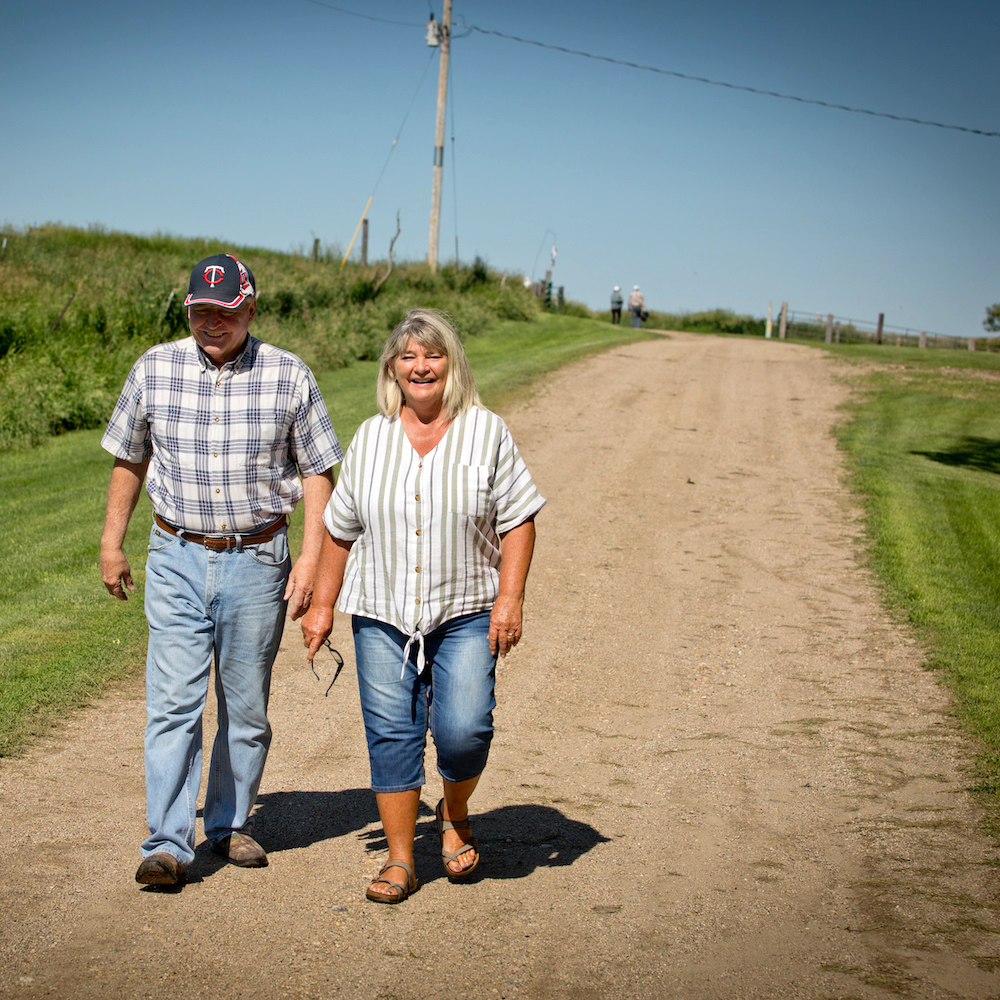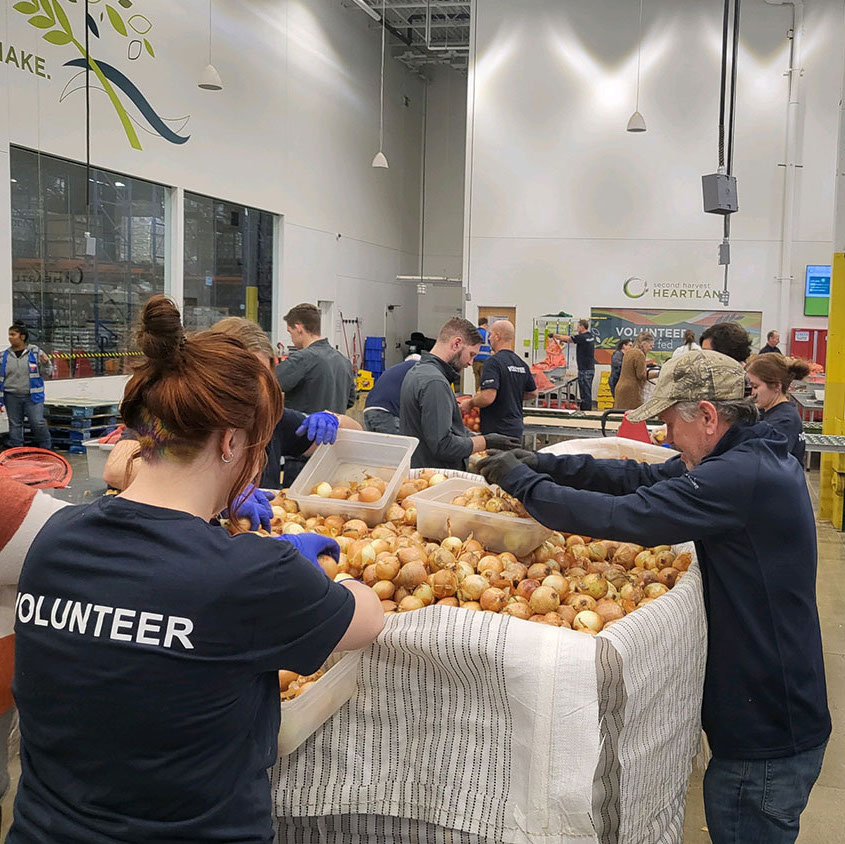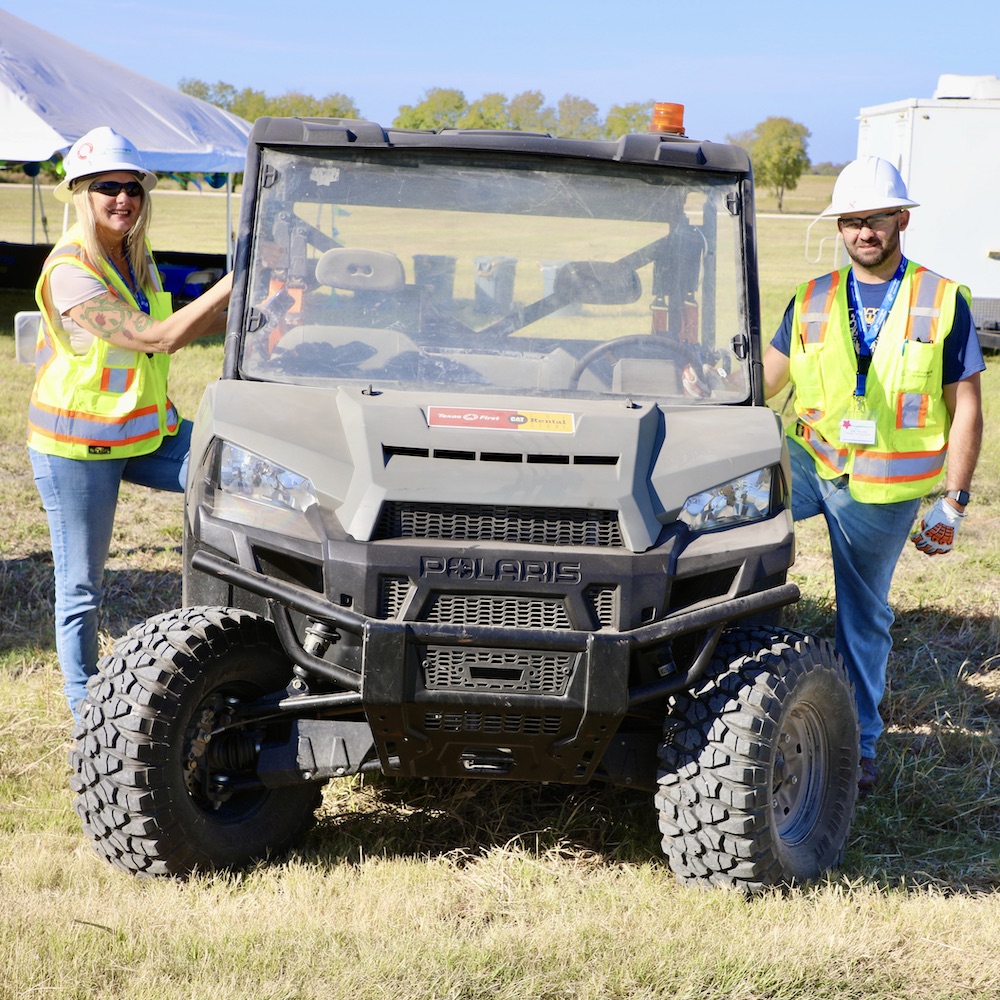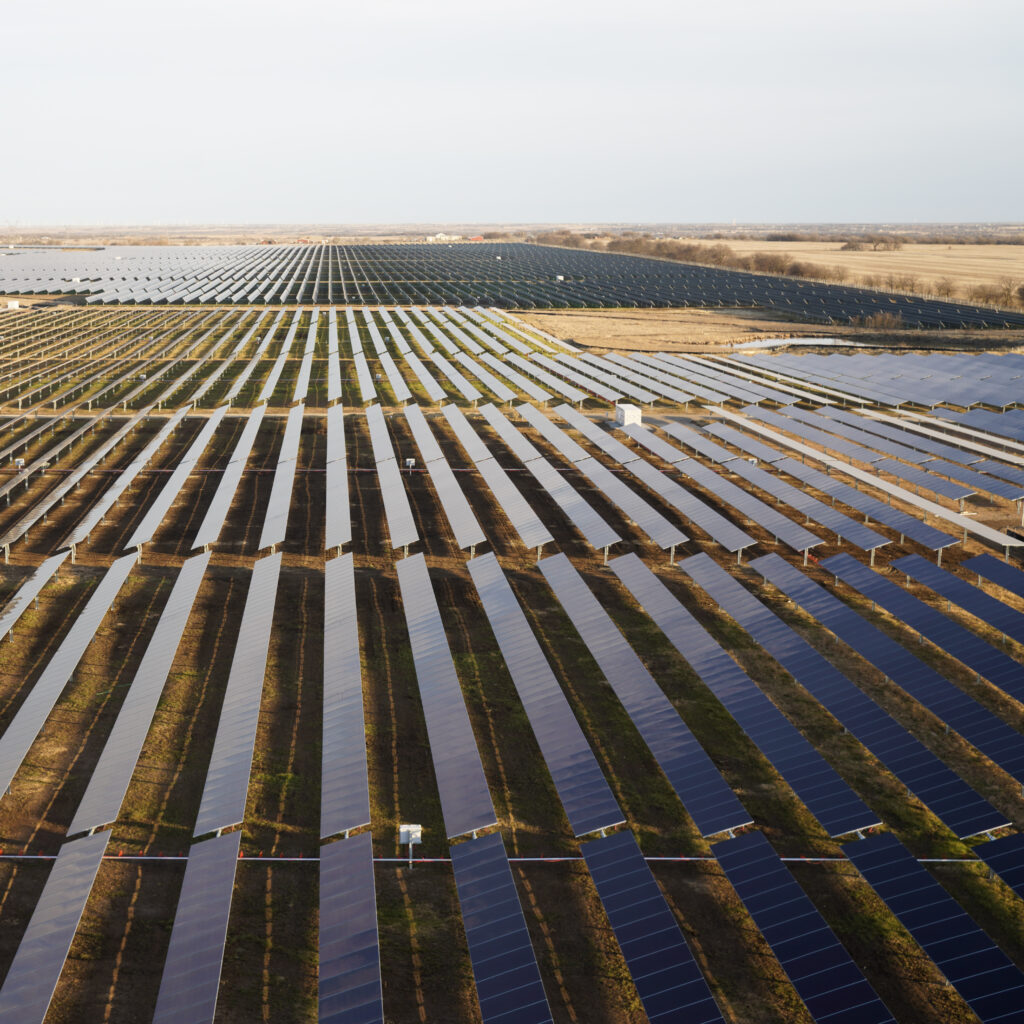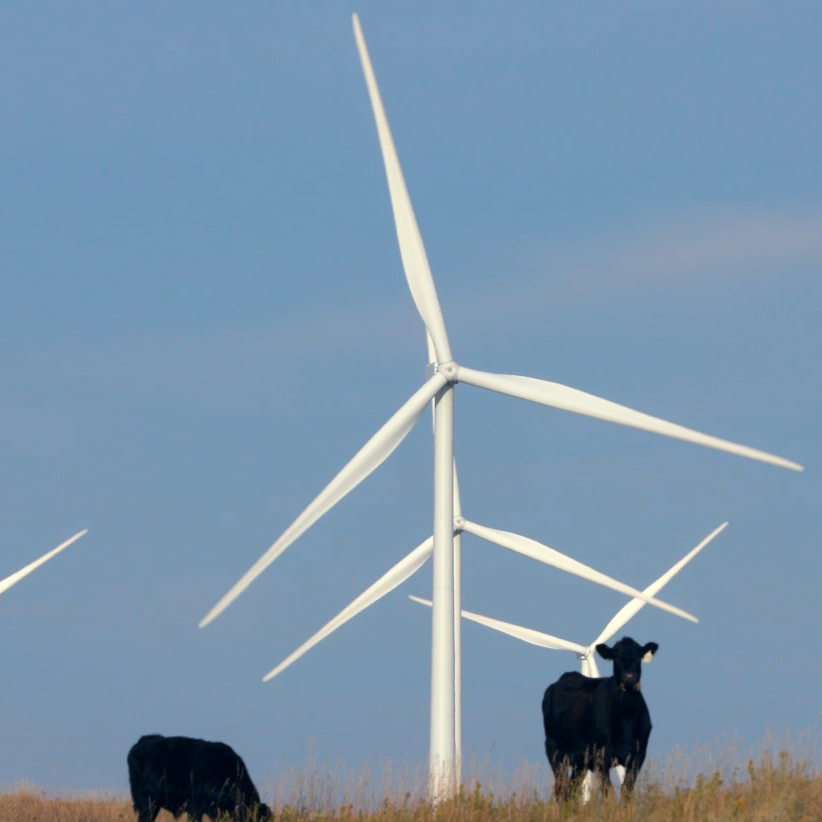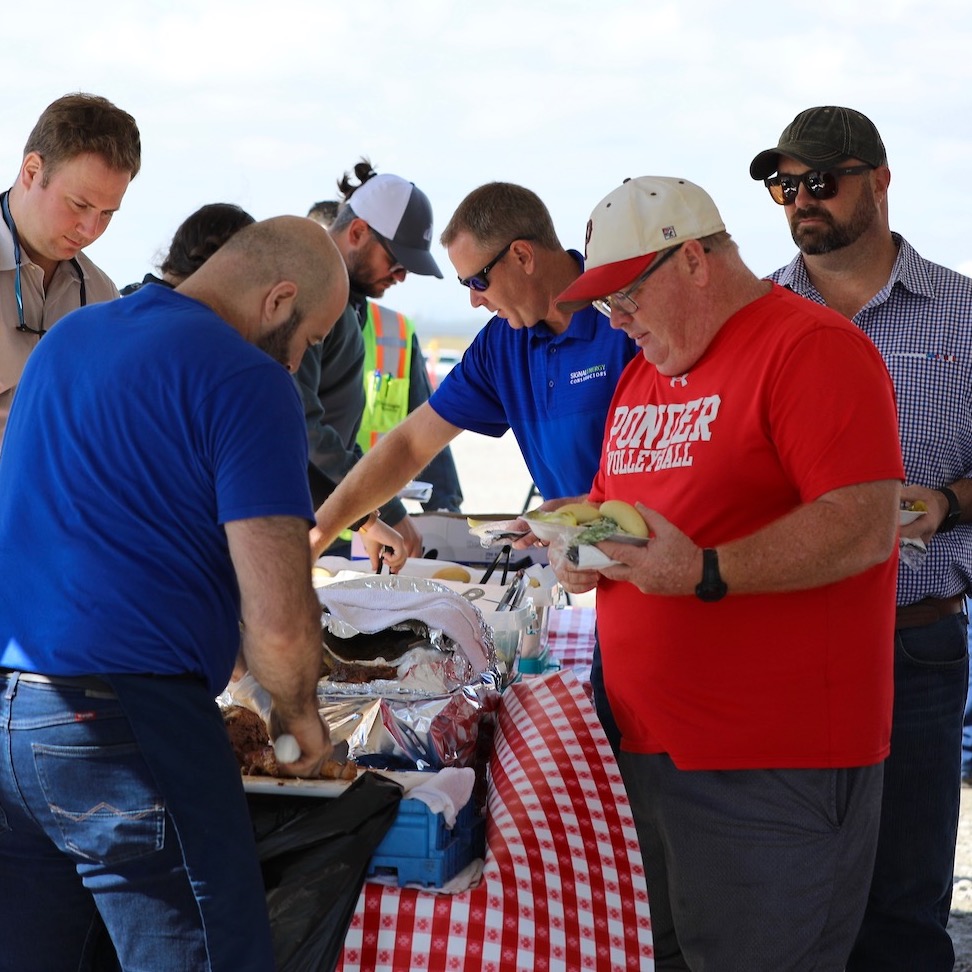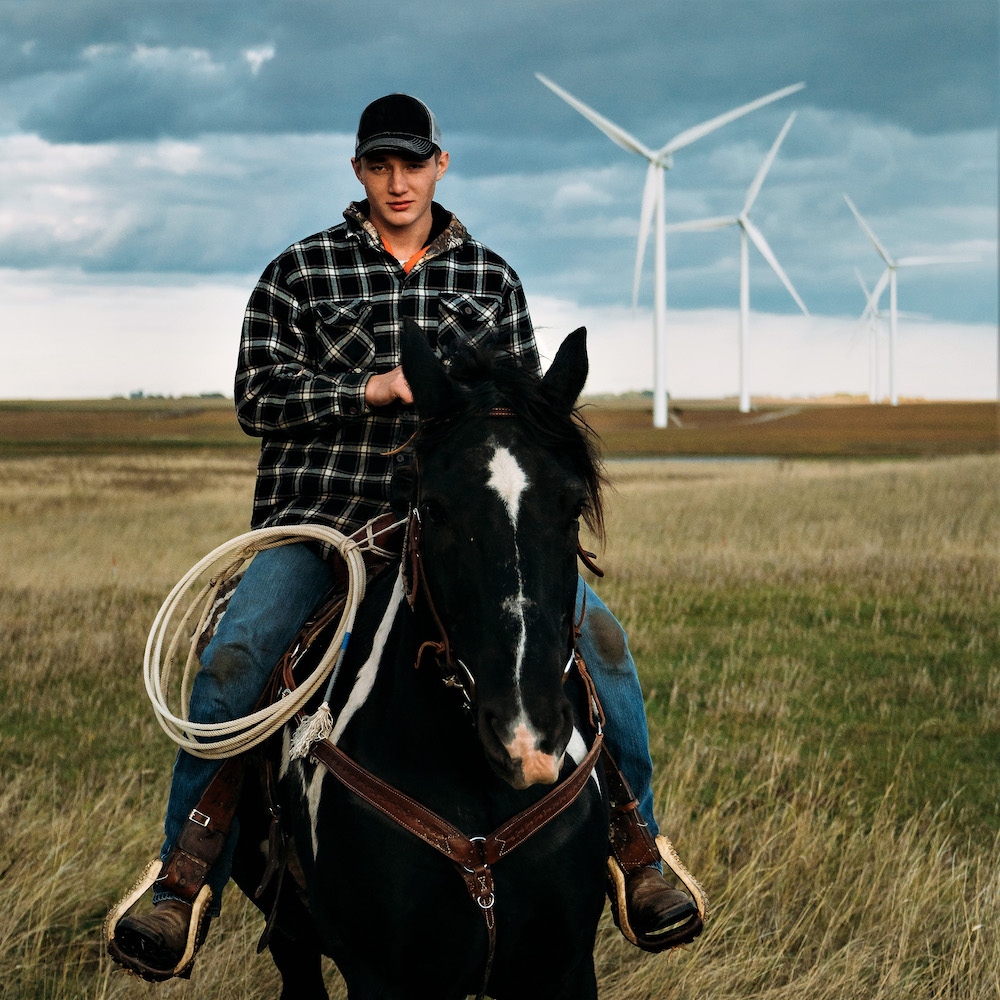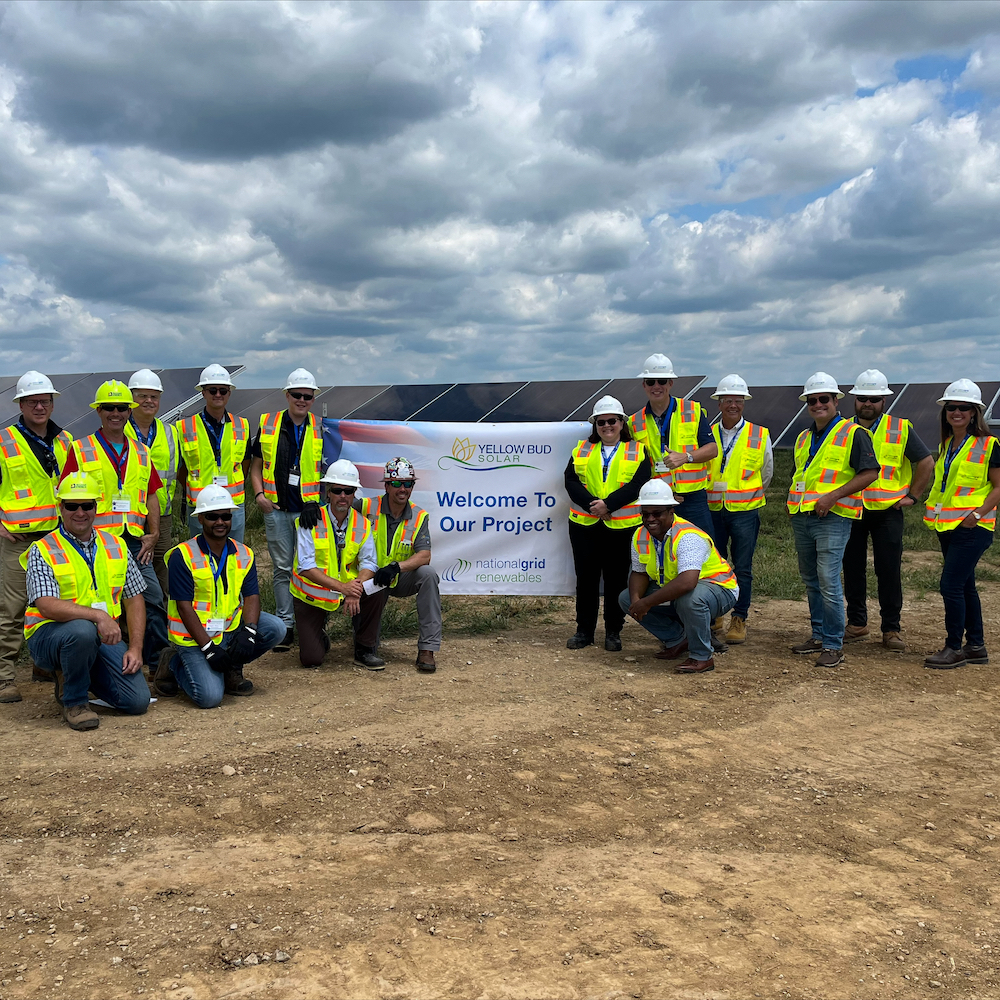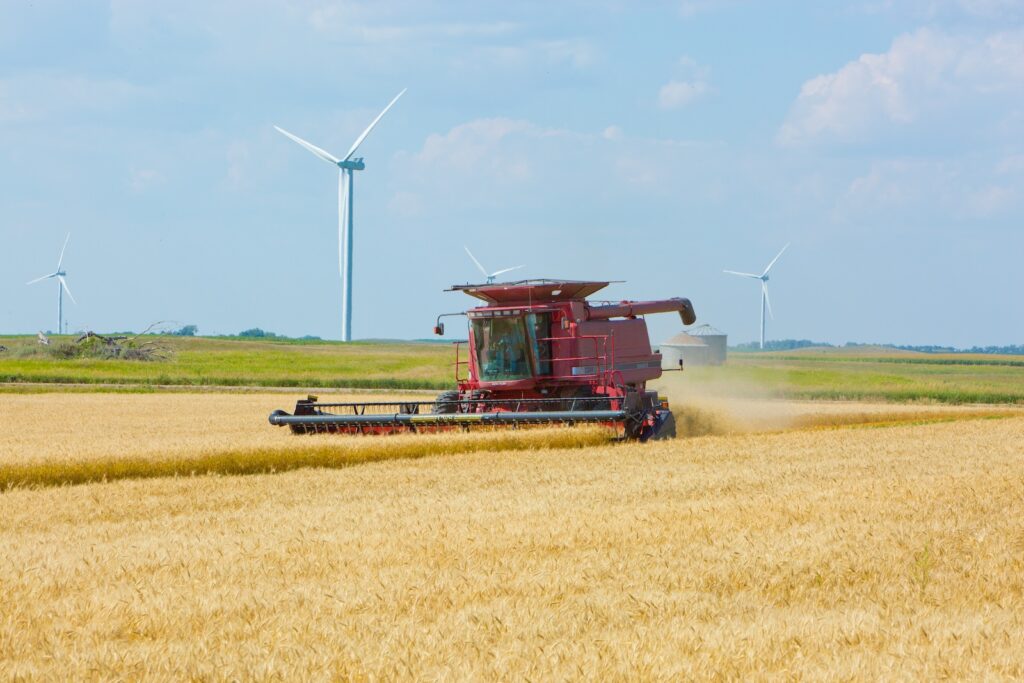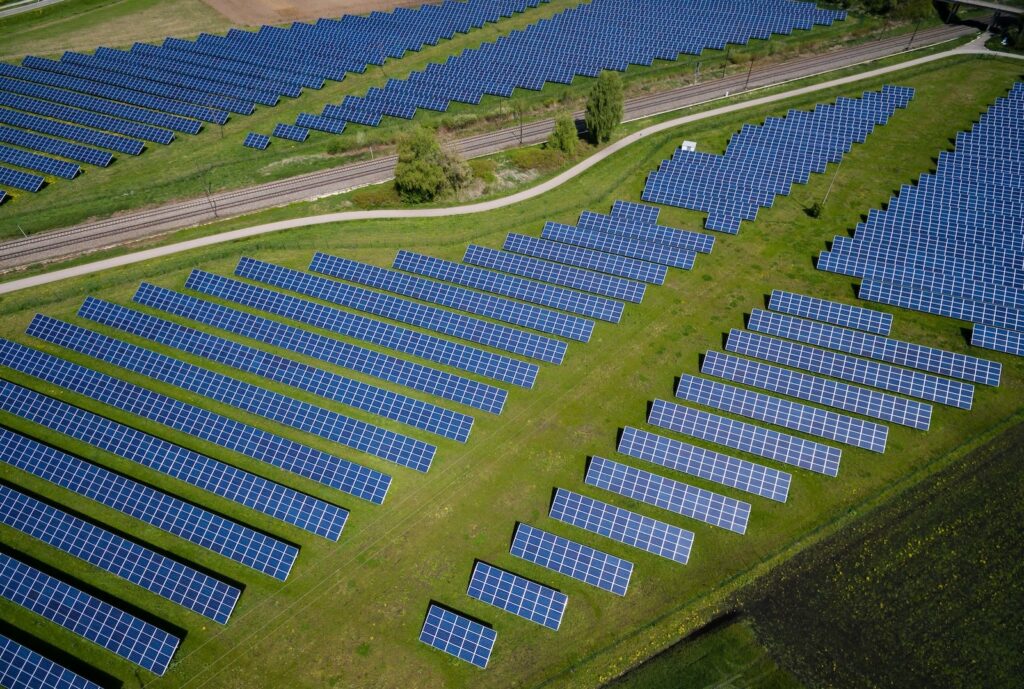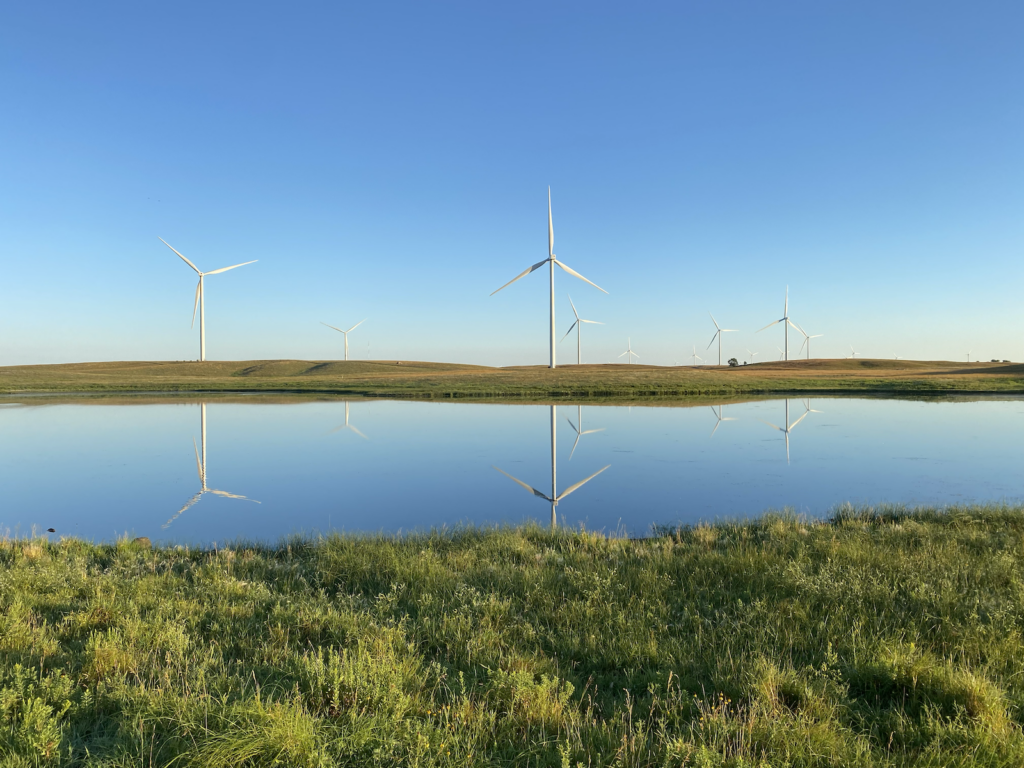About the Expert

Clint Dollahon,
Environmental Lead
Share This Article
One of the shared values that drives us here at National Grid Renewables is a deep respect for the land we work on. We’re a farmer-founded company, and most of us have deep roots in the soil of rural America (I grew up on a ranch). We know that landowners and communities take great pride in the value that their land can provide—and we’re always looking for ways to protect and cultivate the value of that land.
One of the innovative ways we’re partnering with landowners to bring more value is through agrivoltaics.
What is agrivoltaics?
Like it sounds, it’s a mashup of voltaics (solar farming) and agriculture (more traditional farming and land use). It’s a relatively new term, and in practice, agrivoltaics can take different forms: from growing crops on the edges of a solar farm or growing crops underneath elevated solar panels, to animal grazing and creating or maintaining native, pollinator-friendly habitats.
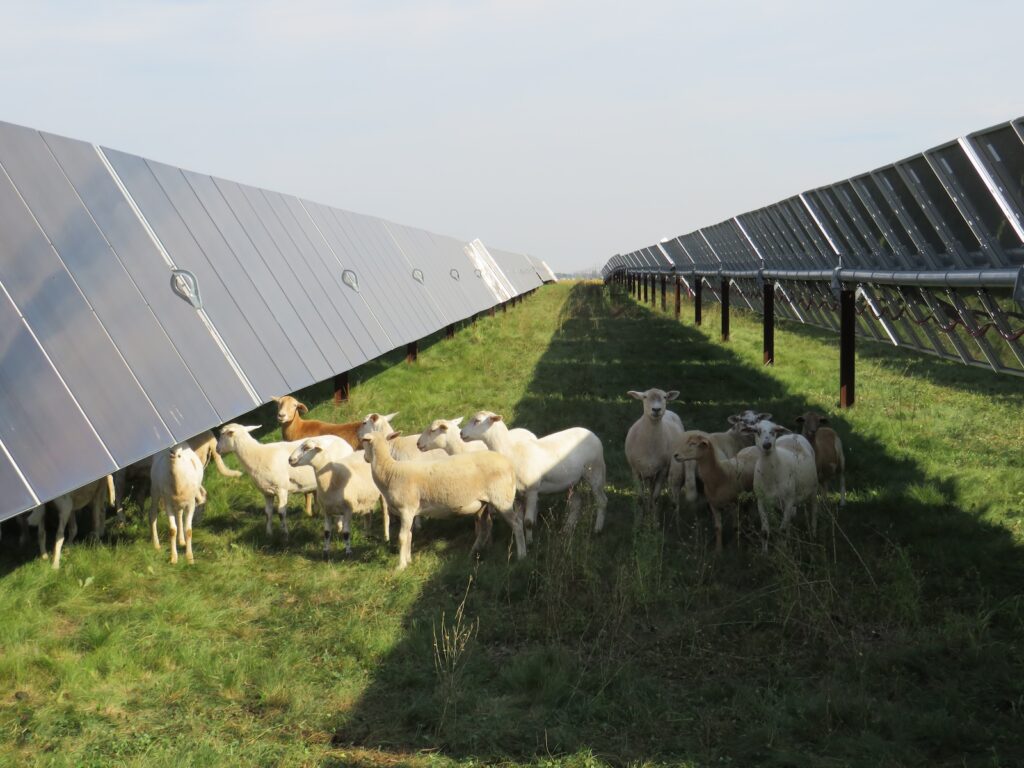
What’s the value of agrivoltaics for the community?
Renewable energy offers tremendous new opportunities for landowners and surrounding communities to benefit from the natural value of the land. Agrivoltaics brings additional value to the community.
Agrivoltaics gives landowners an opportunity to further evolve and diversify their income streams. According to the U.S. Department of Energy (DOE), it can also bring long-term benefits to the land itself. In dry areas, DOE research shows farming under solar panels can reduce irrigation requirements by decreasing evaporation of water from the soil. DOE research also shows agrivoltaics can improve crop yield and make crops more resilient to drought and other extreme weather.
Meeting the community where they’re at
The renewables industry is still figuring out how to maximize the potential of agrivoltaics. Plenty of data has been gathered, but that data shows that agrivoltaics doesn’t make sense in every location. More importantly, the type of agrivoltaic project needs to fit the land and the community – because the way people think about the value of the land is different in central Texas than it is in Michigan, Ohio, or South Dakota. It’s not only about the geography and ecosystems, but also the demographics, the local economies, and more. Every site, even if right next to each other, comes with its own complex needs that should be considered.
That fits very well with our mission to always meet landowners and communities where they’re at—to work with them to build a project that will benefit everyone. As a result, National Grid Renewables is experimenting with different types of agrivoltaic projects, in addition to farming crops alongside our solar projects.
Recently, we piloted a sheep grazing program at our Prairie Wolf Solar Project in Illinois. We’ve hired a local sheep farmer, who brings his sheep to the project site to graze in a coordinated fashion. It’s another way we’re helping to support the local businesses and local economy of our project community. It allows us to manage vegetation with sheep instead of gas-fueled lawnmowers, as well as naturally fertilize the soil with sheep manure to protect and nurture the natural value of the soil and the land. In this way, the sheep grazing is helping to support the lives and livelihoods of the community for decades and decades to come by revitalizing the soil within the solar project so that at the end of the project’s life that soil is rejuvenated and can be turned back into productive farmland.
In addition to the sheep grazing program, we also have several pollinator programs where we’re fostering pollinator-friendly habitats on our project sites. These programs help to support a healthy environment and thriving ecosystem—because the more diverse the ecosystem is, the better off it will be – and that ultimately leads to reducing the overall carbon footprint. The more pollinator species, the healthier the ecosystem, and the lower the carbon footprint.
Agrivoltaic projects also give us a unique way to connect with community members. Through the sheep grazing project, we work with a local sheep farmer. Additionally, on projects where we have row cropping alongside the solar panels, we’re working with local farmers that are onsite tending to those crops. As a company committed to the community, hosting agrivoltaic projects is helping us deliver on our commitment to build strong connections and partnerships with local residents and farms.
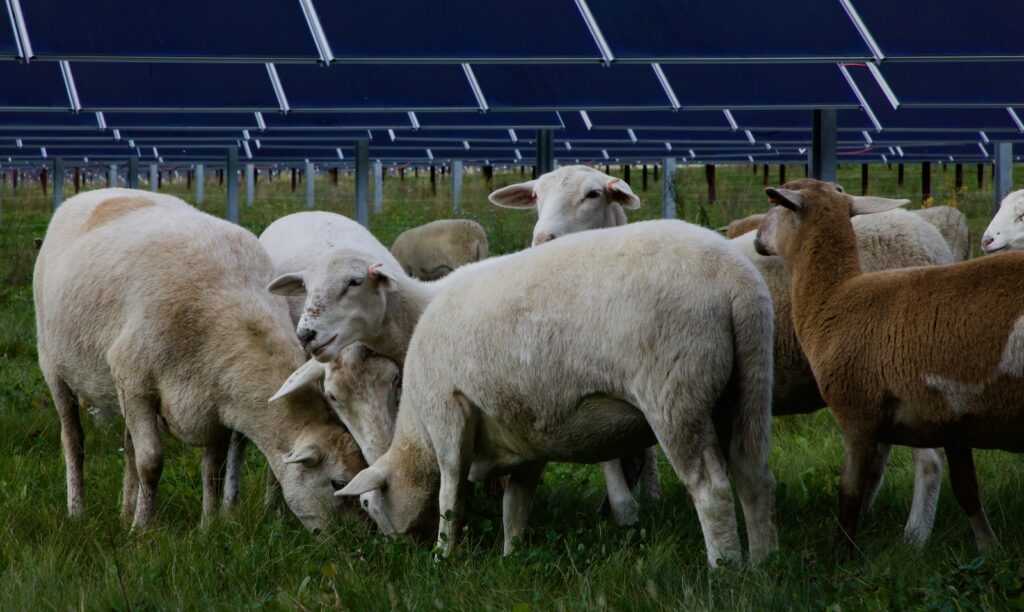
Giving back as much as we can to the community
One of the most rewarding parts of working at National Grid Renewables is seeing how the company prioritizes and funds work like this. Work that might not translate immediately to our bottom line but is the right thing to do from community support, respect for the land, and respect for the environment perspective.
We know that a corporation coming into the community could be viewed in a negative light, but I’m proud to say that the people I work with every day are passionate about respecting the land and being able to give back as much as we can to the community.


